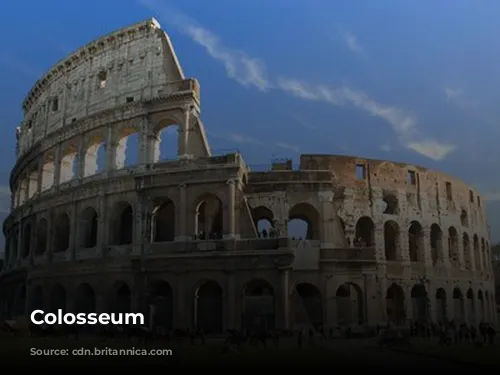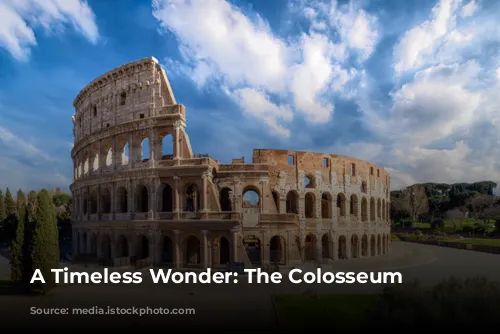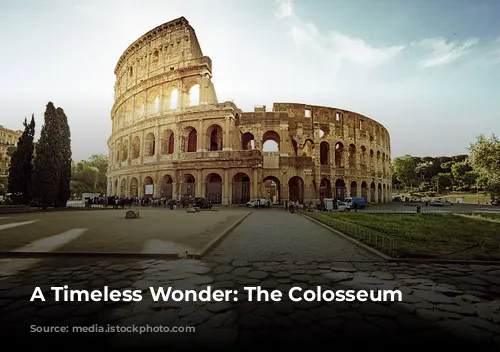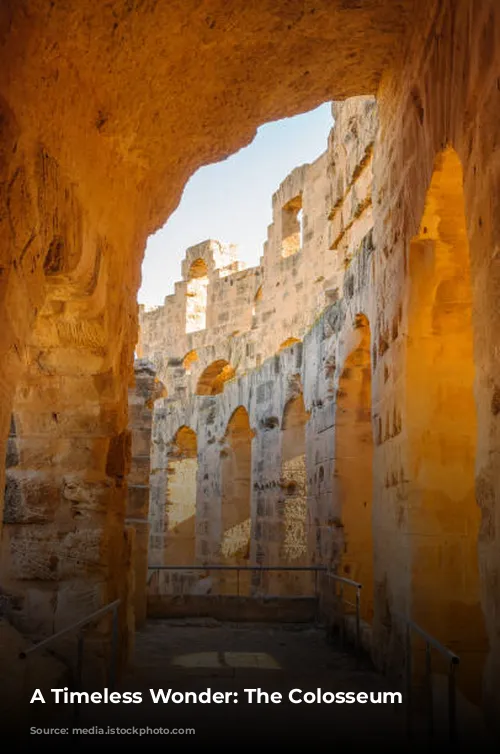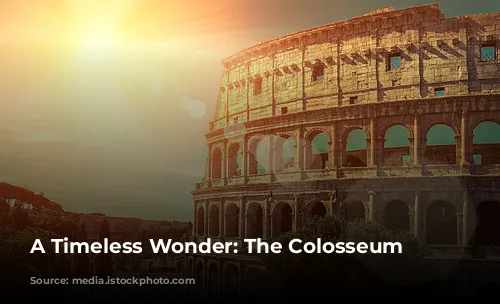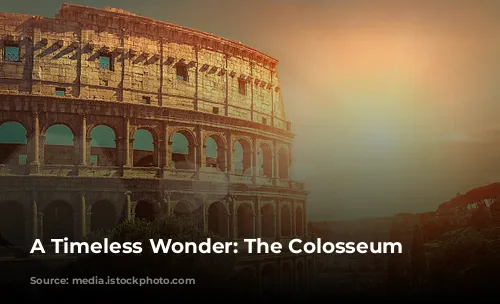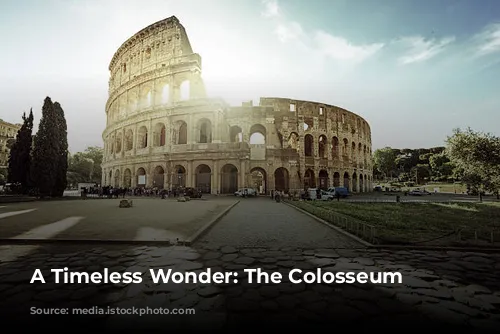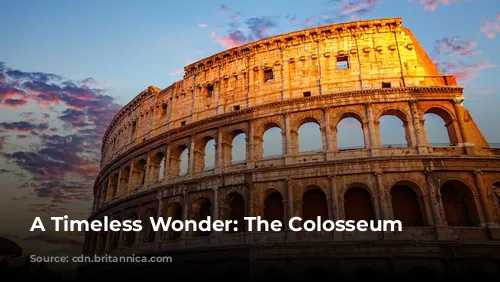The Colosseum, a majestic symbol of ancient Rome’s power, stands as a testament to the ingenuity of its architects and engineers. It stands as one of the few largely intact structures from the Roman Empire, attracting millions of tourists each year. Not only is it a captivating historical landmark, but it’s also a major source of income for the Italian government. In 2018 alone, the Colosseum, Roman Forum, and Palatine Hill brought in an astounding $63.3 million (€53.8 million), making it Italy’s top tourist attraction.
This enduring structure has endured a tumultuous journey. After the fall of the Western Roman Empire, the Colosseum fell into a state of disrepair. The Frangipane and Annibaldi families repurposed the arena as their fortress in the 12th century. Then, in the late 15th century, Pope Alexander VI permitted the Colosseum to be used as a quarry. For over a thousand years, the Colosseum was neglected, suffering from vandalism, pollution, and natural disasters like lightning strikes and earthquakes. Thankfully, state-funded restoration efforts began in the 1990s, breathing life back into this ancient gem.
The Colosseum was built during a period of great political upheaval in Rome, the “Year of the Four Emperors” in 69 CE. The emperor Vespasian, aiming to revitalize Rome after this tumultuous year, ordered the construction of the Colosseum. Like other amphitheaters of the time, it was envisioned as a grand entertainment venue, hosting thrilling gladiator fights, animal hunts, and even elaborate mock naval battles.
The Colosseum’s construction began under Vespasian between 70 and 72 CE. His son and successor, Titus, dedicated the completed structure in 80 CE. Domitian, Titus’ successor, added the Colosseum’s fourth story in 82 CE. The construction of this monumental structure was financed by the spoils from Titus’ conquest of Jerusalem in 70 CE, and Jewish slaves from Judea were used as labor.
A Monument of Entertainment and Engineering
The Colosseum, also known as the Flavian Amphitheatre, is an elliptical structure constructed with stone, concrete, and tuff. It stands four stories tall, measuring an impressive 620 by 513 feet (189 by 156 meters). This colossal structure could hold up to 50,000 spectators, providing a grand stage for the gladiatorial combat that made the Colosseum famous.
The Colosseum’s location was chosen for its symbolic significance. Located east of the Palatine Hill, on the grounds of Nero’s Golden House, the Colosseum was built on the site of an artificial lake that was the centerpiece of Nero’s opulent palace. By replacing this symbol of tyrannical excess with a public amphitheater, Vespasian aimed to solidify his position and demonstrate his commitment to the Roman people.
The Colosseum’s construction showcased the engineering prowess of the Roman Empire. Unlike earlier amphitheaters, which were often built into hillsides for extra support, the Colosseum stands independently. This freestanding structure utilizes a complex system of barrel vaults and groin vaults, along with a combination of travertine, volcanic tufa, and concrete. The Colosseum’s three lower stories feature arcades framed by engaged columns in the Doric, Ionic, and Corinthian orders, a design feature that inspired the Renaissance concept of the “assemblage of orders.”
A Stage for Spectacle and Tragedy
The Colosseum was designed to provide a comfortable viewing experience for its massive audience. A massive retractable velarium, or awning, provided shade from the sun. Hundreds of Roman sailors were responsible for operating the rigging that extended and retracted the awning, which was supported by masts extending from corbels built into the Colosseum’s uppermost story.
The Colosseum was the stage for a wide range of spectacles. From the fierce battles of gladiators to the thrilling hunts of animals, the Colosseum hosted many memorable events. Even mock naval battles were staged within its arena, demonstrating the Roman Empire’s capacity for grand entertainment. While the Colosseum is often associated with gladiatorial combat, it is uncertain if it was also the site of early Christian martyrs.
Throughout history, the Colosseum has seen periods of both grandeur and neglect. After its initial use as an arena, it was repurposed as a church and a fortress by powerful Roman families. For over a thousand years, the Colosseum was neglected, its marble seats and decorative materials stripped away for use in other constructions. Thankfully, preservation efforts began in earnest in the 19th century, with significant contributions from Pius VIII. A major restoration project was undertaken in the 1990s, ensuring the Colosseum’s continued existence for future generations to admire.

An Enduring Legacy
Today, the Colosseum remains a symbol of Rome’s enduring legacy. It is a powerful reminder of the grandeur of the Roman Empire, the skill of its engineers, and the importance of public entertainment in Roman society. Millions of visitors each year are captivated by the Colosseum’s immense scale, intricate architecture, and rich history. The Colosseum continues to inspire awe and wonder, standing as a testament to the enduring legacy of the Roman Empire.

